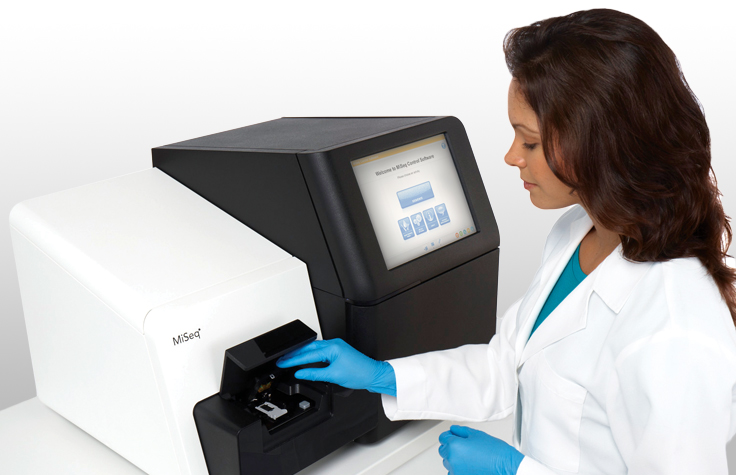

The excess of heterozygous variants should be considered during search for causative mutations in ARNSHL genes, especially in small-sized families. Our results show that rare causative mutations in known ARNSHL genes can be reliably identified via WES. Six heterozygous variants that had similar characteristics to those abovementioned variants were present in 15 ethnically-matched individuals with normal hearing. Four rare heterozygous variants, predicted to be pathogenic, in known deafness genes were detected in 12 families where homozygous causative variants were already identified. Sanger sequencing confirmed co-segregation of the mutation with deafness in each family. Each mutation was within a homozygous run documented via WES. Uncovered regions with WES included those that are not targeted by the exome capture kit and regions with high GC content. An average of 93%, 84% and 73% of bases were covered to 1X, 10X and 20X within the ARNSHL-related coding RefSeq exons, respectively. Agilent SureSelect Human All Exon 50 Mb kits and an Illumina Hiseq2000 instrument were used. After excluding mutations in the most common ARNSHL gene, GJB2, via Sanger sequencing, we performed whole-exome sequencing (WES) in 30 individuals from 20 unrelated multiplex consanguineous families with ARNSHL. Identification of the pathogenic mutations underlying autosomal recessive nonsyndromic hearing loss (ARNSHL) is difficult, since causative mutations in 39 different genes have so far been reported.


 0 kommentar(er)
0 kommentar(er)
